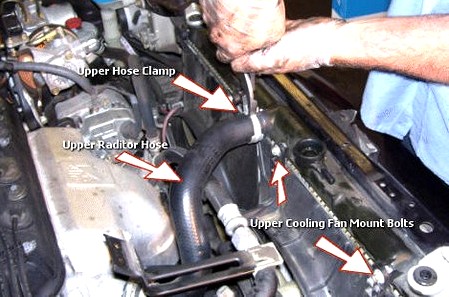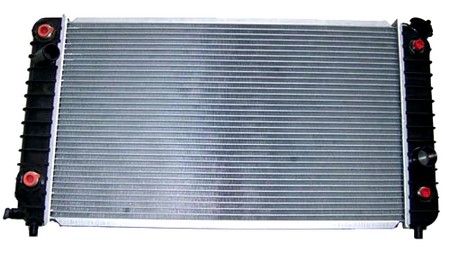What’s worse than getting stuck in a traffic jam and needing to pee? Getting stuck in a traffic jam and having your car overheat, that’s what! You can bet on feeling even worse if your paycheck hasn’t arrived yet too. Most of the time, an engine overheats due to a lack of coolant. Why is there less coolant than needed? Any part of your radiator or cooling system may be at fault, but you might feel less panicky if you knew how to repair a radiator and keep it working well enough until you can afford to visit the nearest workshop.

If you encounter such a situation when on the road, immediately pull over, pop the hood and wait for the whole set up to cool down somewhat so that you don’t burn yourself. This takes about 15 minutes and that time can be used to calm you down and observe where the problem stems from.
Most of the time, the coolant evaporates through a leak in the radiator, which will be evident when you check it. Some suggestions on how to repair a radiator involve adding pepper or an egg directly into the radiator, which allows the leak to be plugged, albeit temporarily. However, this may adversely affect the entire coolant system of the car and is not advisable except under the most desperate circumstances.
A more plausible ad hoc emergency response is to temporarily seal or plug the leak from the outside. A nickel sized piece of epoxy or amazingly, chewing gum, if you’re desperate, can help to do this, but must be given adequate time to set. With the leak in your radiator thus plugged, it is then possible to refill it with coolant and continue towards the nearest workshop.
Care must be taken not to fasten the radiator cap too tightly as the temporary plug isn’t strong enough to withstand the full pressure of a sealed cooling system. There are also commercial “stop-leaks” formulated just for this purpose. If the problem appears to stem from the hose, it is possible to seal it with duct tape or self-curing silicone tape once it is cool enough to touch.
These are only temporary solutions and any damage to your radiator or cooling system should be attended to immediately by professionals. However, if you still consider professional repair to be too costly, it’s possible to re-seal a plastic radiation tank with a plastic welder. This involves melting a groove in the area to be sealed, and heating it, such as with a heat gun. A nylon welding rod is melted into the groove with an airless plastic welder and mixed until it takes on the color of the radiator. The nylon is added until the groove is filled, following which it is smoothened with the tip of the welder.









